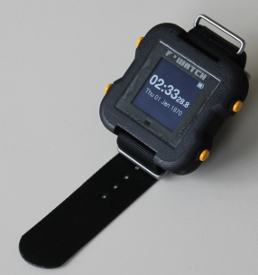3rd TCCM,
organized as IEEE EDS Mini-Colloquium
(http://eds.ieee.org/lectures.html?eid=136)
(http://eds.ieee.org/lectures.html?eid=136)
Co-organizer: Institute of Electron Technology, Warsaw, Poland
Technical Program Promoter: DMCS, Lodz University of Technology, Łódź, Poland
Date: June 24, 2015.
Place: Hotel Bulwar (Lejda room) ul. Bulwar Filadelfijski 18, 87-100 Toruń, Poland
www: http://www.hotelbulwar.pl
Final schedule of TCCM:
9:00 Wladek Grabinski, Opening
9:10 Henryk Przewłocki, "Weaknesses and corrections of the classical theory of photoelectric phenomena in the MOS system"
10:00 Juin J.Liou, "Compact Modeling of Junction Failure in Semiconductor Devices Subject to Electrostatic Discharge Stresses"
10:50 Coffee break
11:10 Jean-Michel Sallese, "Modeling Junctionless Field Effect Transistors"
12:00 Mike Brinson, "A unified approach to compact device modelling with the open source packages Qucs/ADMS and MAPP/Octave"
13:00 Lunch
14:30 Benjamin Iniguez, "Physically-Based Compact Modeling of GaN HEMT"
15:20 Wladek Grabinski, "Verilog-A Compact Model Standardization"
16:10 Daniel Tomaszewski, "Compact modeling and statistical modeling for parametric yield improvement"
17:00 Wladek Grabinski, Closing



